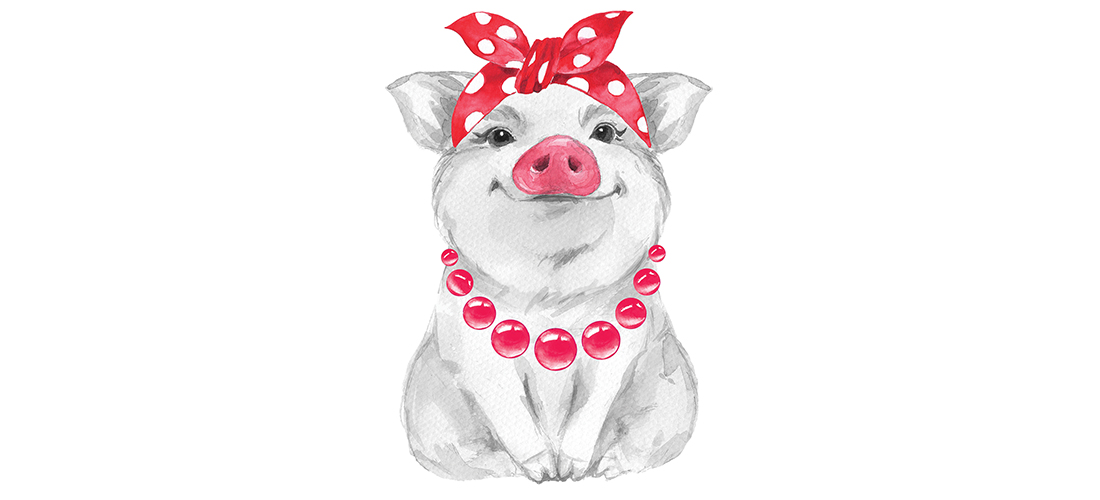Bald Eagle
Proudly returned and flying high
By Susan Campbell
Anyone who has had the good fortune to spot a bald eagle — whether soaring overhead or perched along a waterway — cannot help but be awed by their handsome appearance. This large raptor is not only our national symbol, but the only eagle found solely in North America. Benjamin Franklin lobbied hard for the wild turkey, the only endemic bird species to the United States. But Congress decided on the bald eagle in 1782, as a result of its perceived fierce demeanor. In actuality, bald eagles are very opportunistic and not the active hunters most people believe them to be.
During the first half of the 20th century, eagles were erroneously persecuted by raptor hunters, often by ranchers who were attempting to protect their investments. They were also affected by metal toxicity as a result of feeding on game containing lead shot. Additionally, during the period of broad-scale DDT application, the toxin accumulated in carnivores at the top of the food chain. And, as was the case in several bird species, it caused eggshell thinning so severe that eagle eggs broke long before they could hatch.
Bald eagles were declared an endangered species in 1967. Following the ban on DDT and the passage of the Endangered Species Act in 1973, their numbers began to rebound. On June 28, 2007, the species was declared recovered. Here in North Carolina, bald eagles are being closely monitored by state biologists. Although the number of nests and young has been increasing, they are still considered threatened here.
Along our coast, sightings are numerous, especially during the cooler months. Birds can even be spotted from the beach but are more likely to forage over the sounds. It is rather shocking to see these big birds hunting for injured or weakened waterfowl. Flocks of ducks as well as shorebirds will flush if an eagle gets too close. And bald eagles are more than capable of grabbing a duck from the water even if it dives to escape. They also may steal a meal from a gull. However, they are also notoriously lazy, tending to be attracted to feed on dead fish or even roadkill. Sadly, they are just not the proud birds they seem to be.
It is midwinter when birdwatchers and endangered species biologists are on the lookout for eagle’s nests. Bald eagle pairs return to their breeding territories and lay eggs ahead of most other raptors (the exception being great horned owls that begin breeding activities a bit earlier). Their sizable platforms of dead branches and large sticks may or may not be easy to spot. Eagle’s nests, if they are reused from year to year, will be gradually enlarged, not massive affairs. But newer nests can be well concealed in the top of a live evergreen or large snag. Few pairs have been found in the lower coastal plain, but they certainly could be there given the vast and undeveloped habitat there is in the area.
Eagle young, who typically fledge in April, take three to four years to mature. They will not successfully attract a mate until they have a fully white head and tail. Should you see an adult from early in the New Year onward, keep an eye out for a second bird. A pair of adults may mean there is a nest somewhere nearby. If you suspect that you have found a nest, definitely give me a holler!
Susan would love to receive your wildlife sightings and photos. She can be contacted at [email protected].


